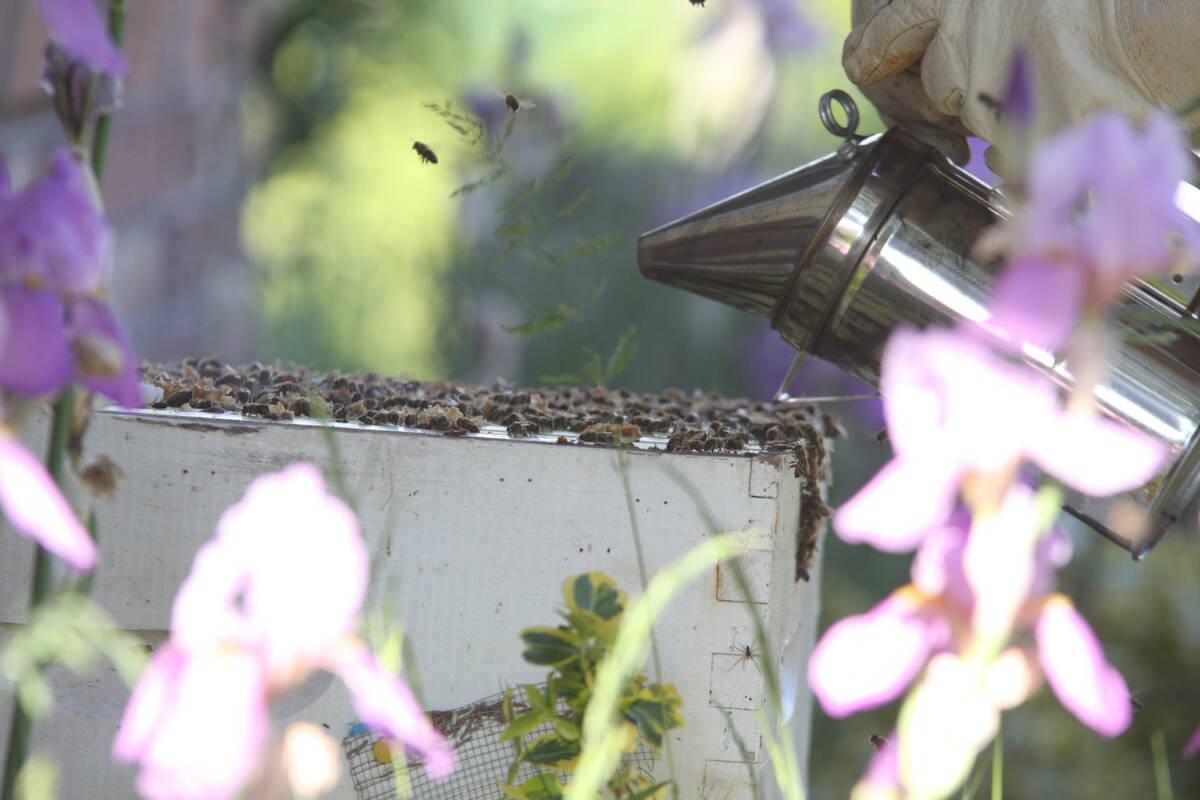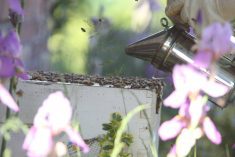TILSONBURG, Ont. – It is fair to say that tobacco turned a large swath of south-central Ontario from a marginal farming area with an agreeable climate but weak soil into an agricultural powerhouse.
Before its introduction in the late 1930s and its spread over 20 years through four counties south of Woodstock, it was an area of small farms struggling to make a living on light sandy soils.
“You could hardly pay your taxes in those days,” said 69-year-old tobacco farmer Alvin Lindsay, whose father started one of the first tobacco operations in the area near Aylmer. “They used to call Norfolk County a dust bowl before tobacco came. On hot windy days, the soil would drift.”
Read Also

Manitoba beekeepers battle for survival
Honeybee colony losses have hit 43 per cent, making 2025 the latest in a string of poor bee survival years for Manitoba’s honey producers
Tobacco, with its typical rye rotation, changed that and with good cover, the soils stabilized. Farmers switched from subsistence operations to a high value commodity that produced a good living on small acreage.
It became an industry that created sales as high as $385 million for several thousand farmers at its 1982 highest level. As recently as 1998, it was a $330 million crop.
It attracted manufacturing and processing jobs to towns like Tillsonburg, Delhi and Simcoe. Thousands of full and part-time jobs on farms and in spin-off business were created. The growing industry provided steady business for local material and service providers for everything from crop inputs to constructing the greenhouses and drying kilns that are featured on every farm.
“This industry has been a major contributor to the local economy and local communities over the past half century,” said Fred Neukamm, chair of the Ontario Flue-Cured Tobacco Growers’ Marketing Board. “It is why any solution to our crisis has to include help for local communities to switch to another economic base.”
Problems started to surface in the 1980s when public attitudes toward smoking began to change, governments became more aggressive in taxing tobacco products, cheaper import competition became an issue and double-digit interest rates created debt servicing problems for the capital-intensive industry.
“With respect to the future and the viability and sustainability of the tobacco industry in Ontario, I truly think the writing has been on the wall for about 20 years,” said Ontario agriculture minister Leona Dombrowsky.
Indeed, the first government attempt to shrink the industry came in the late 1980s when federal agriculture minister and tobacco country MP John Wise offered buyout money. Some took it but most did not, believing the industry had a future.
Canadian tobacco product sales did not start a precipitous decline until the late 1990s when high tobacco taxes led to a flourishing illegal import and smuggling business and companies began to import more cheap foreign tobacco to compete.
The result is that since 1998, sales from Canadian tobacco farms have declined from 150 million pounds to 55 million in 2006 and an expected 35 million in 2007. Twenty-five years ago, the market was 238 million lb.














